RUTH A. TUCKER PARADE
of FAITH A Bigraphical History of the Christian Church

To the Students who were my Teachers
in my first
Church History Class
at
Moffat Bible College
Kijabe, Kenya
1985
Paul Manyara Gichoya
Sammy Munywoki Ivali
Paul Mwangi Kamunge
John Mbugua Kariuki
Kennedy Kipkemoi Kiplelum
Timothy Musyoka Kituo
William Kipruto Kotut
Gabriel Kitheka Mbuvi
Johnstone Kioko Musa
Betrice Muthoki Musau
Reuben Karare Nganga
Benson Raphael Omungu
Joseph Kimaru Setaney
Samuel Katuma Nzoka Wambua
George Muiruri Wanjema
Emily Wambui Waweru
Contents
O ne of the most memorable church history courses I ever taught was at Fuller Theological Seminary some two decades ago. In the front row was Rik Stevenson, the only African American in the class. The first to arrive and the last to walk out the door at the end of the session, he peppered me with questions. He was determined to make church history his own so much so that before the short course ended, he traveled to Philadelphia to research the ministry of Charles Tindley, a nineteenth-century black megachurch minister.
Our acquaintance blossomed into friendship, and now, after nearly two decades, we are both settled in Grand Rapids, Michigan. A local minister and professor, Rik often stops by to talk church history. His current field of research is the black church in Canada. But Rik sees all of church history as belonging to African Americans. Whether Thomas Aquinas or John Bunyan or Mary Slessor, he identifies with his spiritual forbearers and makes them his own. I do the same. I do not demand that the history of Christianity be a womans history in order to make it my own.
Today the Christian church is growing most rapidly in the Southern Hemisphere and is more multicultural and gender inclusive than ever before. Diversity, however, has not been a hallmark of Christian history. The Jewish leadership of the New Testament church was soon replaced by what might be termed ethnic Mediterranean leadership. Later, as the faith shifted northward, ethnic Europeans come to the fore, the vast majority of leaders in every generation being male. Nevertheless, women and people of color have found their way into the pages of contemporary church history texts, as they rightly should.
But simply adding color and gender to the historical mix fails to appreciate the chasm separating people of colorand women from white, male-oriented academia. Fact-based rather than story-based history has reigned for centuries in Europe and America, and such history often leaves others, including postmoderns of every stripe, behind by its very formulation. Indeed, the story was the vehicle for transmitting history in the Old and New Testaments and in the generations since. But it lost its way as it moved into the modern world. Today story is making a comebackthanks in part to feminine and multicultural influences.
This book is dedicated to my first class of church history students at Moffat Bible College in Kenya. How well I recall Kotut and Kennedy and Gabriel and Timothy, ethnic Kilenjins and Kambas, studious scholars in the middle of Kikuyu country. I remember that class as though it were yesterday. Sixteen students, sitting at their desks wondering what a rookie white lady teacher might have to offer them. The truth is, they offered me a lot more than I offered them. I had been warned by missionaries before I arrived that Africans are used to learning by rote in elementary school and that this practice often continues into college. Dont expect them to jump into class discussion, they said. I panicked. If I dont get feedback, I fade away. I vowed things would be different. I would force them to challenge me. And challenge me they did.
I had an advantage over the other American teachers my gender. Challenging a white American male professor back in those days was intimidating for some. But a woman who was baiting them with her sometimes outrageous comments and questions that was different. I got them stirred up by the end of the first day of that three-week session. We interacted and argued, clucked in despair and howled with laughter. The colorful characters in our Christian heritage, it turns out, were just like Africans at least they behaved like Africans. They worshiped and grieved and bickered and celebrated just like Africans do.
I discovered this truth most profoundly when my students were performing their end-of-course drama that we turned into an exciting campus event. Polycarp and Perpetua and other persecuted Christians came to life and death as they were burned at the stake. In fact, we nearly lost Kituo, our Kenyan Polycarp, in the fire. A scream of horror rose up from the crowd as his choir robe (didnt all early martyrs wear choir robes?) was singed by the flames. The following year Martin Luther and Katie von Bora were the stars as authentically African as that celebrated couple has ever been.
Church history belongs to Africans (and all Christians of the world) when they embrace it as their own. I, after all, claim church history for myself even though Polycarp and Augustine and dozens of others in this volume are much closer geographically and perhaps psychologically and spiritually to Africans than they have ever been to me. One need not be an African to identify with Perpetua or Augustine, nor Jewish to claim a connection with Jesus and Paul. We are one family across culture and time: one Lord, one faith, one baptism.
W hen Saint Bruno in his younger years was studying in Paris, the city was caught up in a sea of mourning. A renowned monastic scholar, much admired for his holy life, had died. But as the funeral cortege proceeded to the tomb, the dead scholar rose out of the coffin and cried out, By Gods righteous judgment, I am accursed. Utterly astounded, the officiating clerics delay the funeral until the following day. But the same shocking episode occurs again, and still again the day after. So terrified and convicted of sin is Bruno that he goes straightaway into the desert to meditate and soon thereafter, in 1084, he founds the Carthusians, a cloistered order of monks and nuns. On September 14, 1224, while praying on the mountain of Verna, Saint Francis receives the stigmata the very wounds of the crucified Christ. On July 2, 1505, Martin Luther, having been struck down by lightning, promises Saint Anne that he will become a monk. Some two centuries later, American evangelist William Tennent awakens in the night realizing the toes on one foot are missingsnatched by the Devil.
The history of Christianity is a fascinating narrative, roiling with legends and lies, facts and figures, daring feats and disputations. Wild and well-nigh impenetrable, it snares the unsuspecting reader by its captivating content. Indeed, having once started down the rabbit trail of church history, it turns into an exhilarating hunt. That is why studying the subject is not only a serious enterprise but also entertaining and addictive.
A metaphor for church history is a journey, a pilgrimage, or perhaps a parade a parade that begins as the Messiah marches out of the pages of the Old Testament. The parade meanders through Palestine and reaches a pinnacle with the triumphal entry into Old Jerusalem, only to be followed by a charade: trial and execution. The parade will end one day in New Jerusalem when, from every tongue and tribe and nation, the saints go marching in. But in the millennia before that glorious new day, the parade of Christian history marches on with colorful fanfare, complete with clowns and garish floats and the steady beating of the bass drum.
How does a historian even begin to narrate this strange and sometimes shocking story to readers? For me it would be natural to offer the drama in the very chaotic jumble in which it presents itself. But I have found that my students desire structure and organization. So what I seek to offer here is the delightfully messy disarray of our Christian heritage in a free and easy style but with a highly organized structure. The book has 24 chapters in two parts of 12 chapters each. Eash chapter contains all the same components, including an opening page of personal remarks, a parade-of-history sidebar, and everyday-life section, a What i f segment serving as wrap-up, and a bibliography for further reading.
Next page
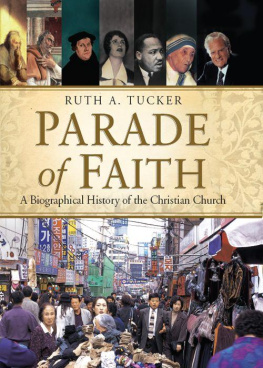
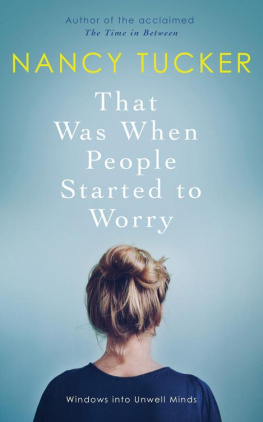
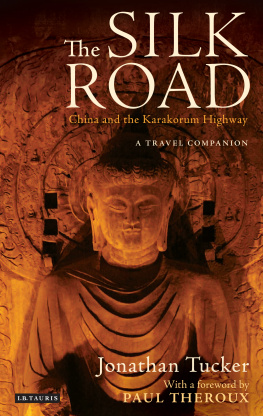
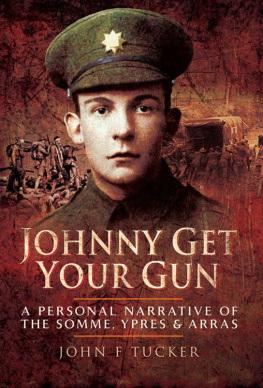
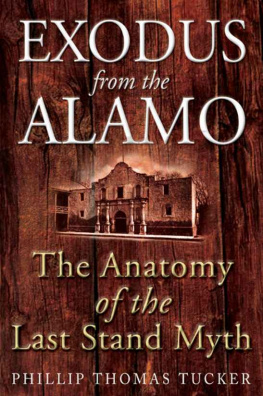


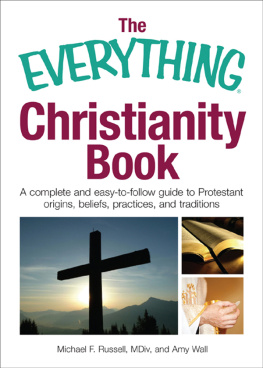
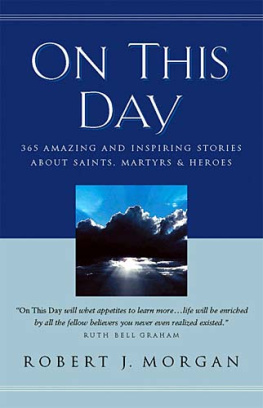

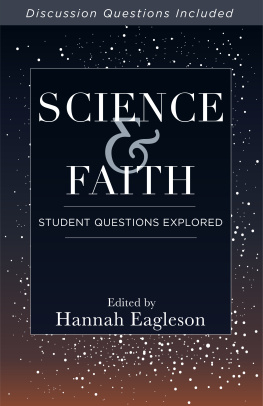
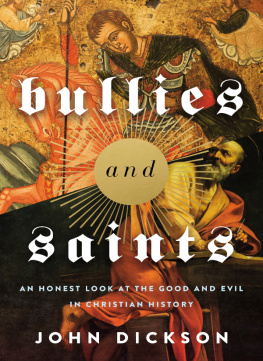
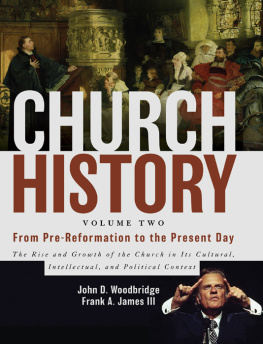
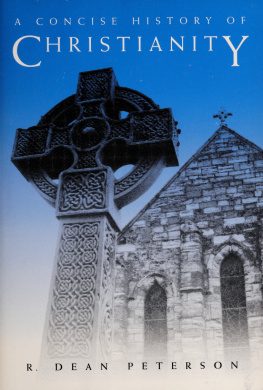
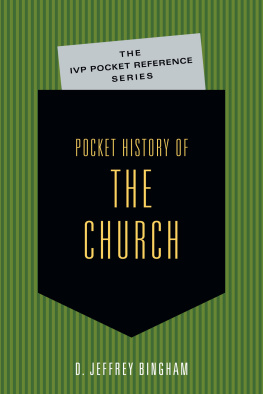
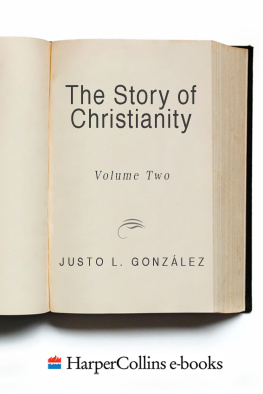
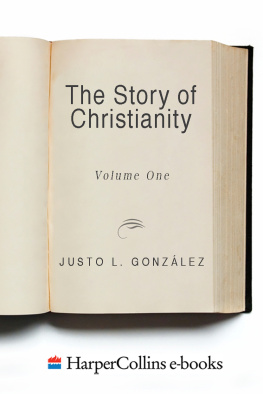
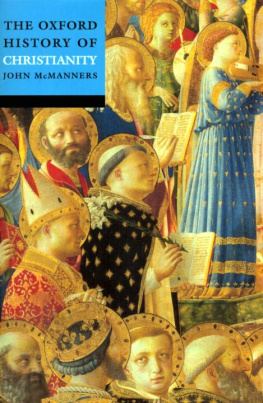
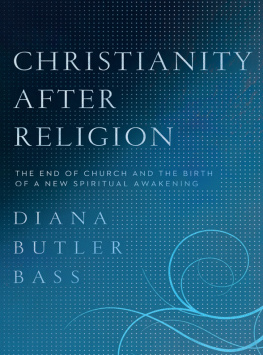
 To the Students who were my Teachers
To the Students who were my Teachers